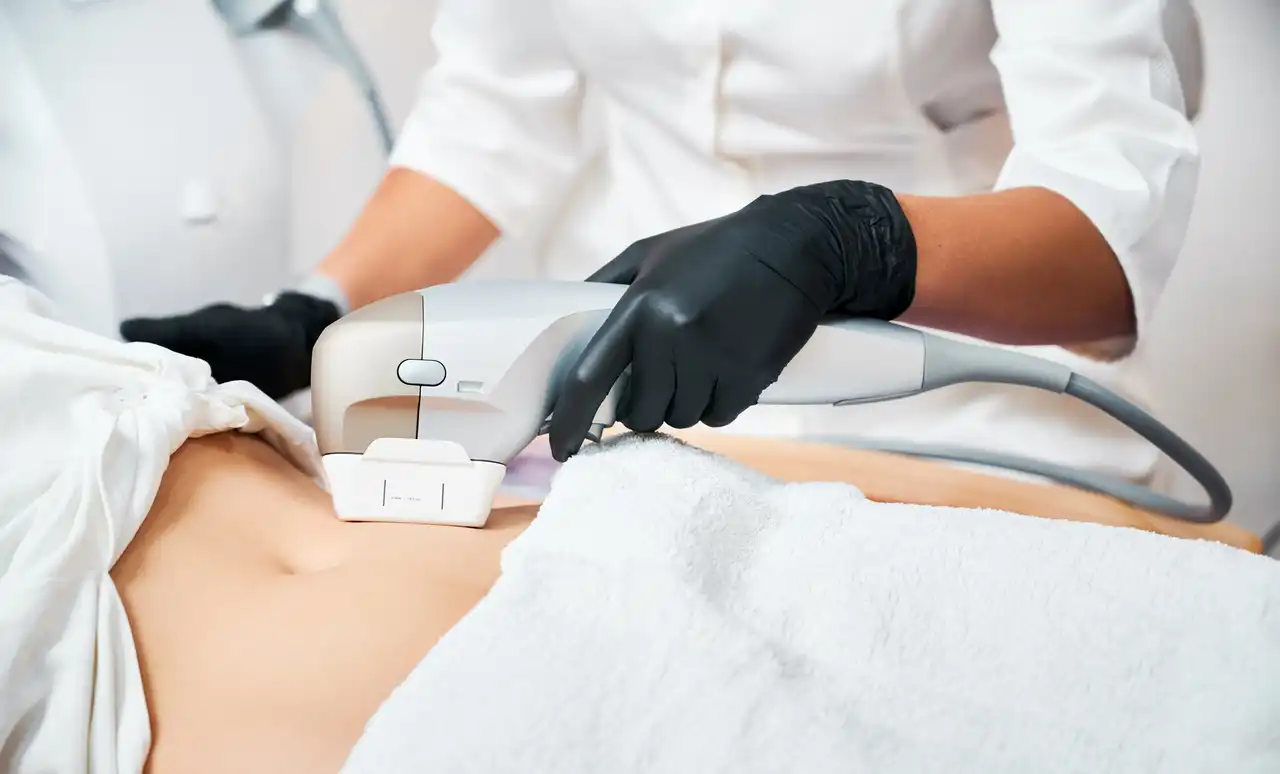
Invasive Procedure Service
Invasive procedures are medical or surgical interventions that involve entering the body, often through incisions or by inserting instruments into tissues or body cavities. These procedures are typically done for diagnostic, therapeutic, or treatment purposes. Invasive procedures range from minor techniques, such as injections, to major surgeries.
Types of Invasive Procedures :
Diagnostic Invasive Procedures:
- These are performed to obtain a diagnosis by collecting tissue, fluid, or samples from inside the body for analysis.
- Examples:
- Biopsy: Removal of a small tissue sample for microscopic examination (e.g., skin, liver, or breast biopsy).
- Ascitic / Pleural Fluid Tapping
Therapeutic Invasive Procedures:
- These procedures are designed to treat a medical condition, often involving surgical or minimally invasive techniques.
- Examples:
- Ascitic / Pleural Fluid Tapping
Interventional Radiology Procedures:
- These involve imaging techniques to guide instruments inside the body without open surgery.
- Examples:
- Needle Aspiration: Using ultrasound or CT guidance to drain cysts or abscesses.
Ascitic / Pleural Fluid Tapping :
Invasive procedures in medical practice refer to techniques that involve penetrating the body, typically to diagnose or treat conditions. Procedures like ascitic and pleural fluid tapping (also known as paracentesis for ascites and thoracentesis for pleural effusion) are common invasive procedures used to analyze and manage fluid accumulation in the abdomen or chest.
Ascitic Fluid Tapping (Paracentesis)
Purpose:
- To collect fluid from the peritoneal cavity for diagnostic and therapeutic purposes.
- To relieve symptoms such as abdominal distension and discomfort caused by excess fluid.
Indications:
- Suspected ascites due to liver cirrhosis, heart failure, malignancy, infection (e.g., tuberculosis, peritonitis), or other causes.
- To analyze the fluid for cytology, culture, biochemical tests, and cell counts.
Pleural Fluid Tapping (Thoracentesis)
Purpose:
- To obtain fluid from the pleural space for diagnostic analysis and to relieve symptoms of pleural effusion (fluid buildup in the pleural cavity).
Indications:
- Suspected pleural effusion due to conditions like heart failure, pneumonia, malignancy, pulmonary embolism, or tuberculosis.
- To analyze pleural fluid for cytology, microbiological culture, biochemistry, and cell counts.
F.N.A.C.
Fine Needle Aspiration Cytology (FNAC) is a minimally invasive diagnostic procedure used to obtain samples of tissue or fluid from various body sites for cytological analysis. It is commonly employed to evaluate masses, lumps, or lesions, helping to determine the nature of the abnormality (benign or malignant) without the need for more invasive surgical procedures.
Biopsy
A biopsy is a medical procedure that involves the removal of a small sample of tissue from the body for examination under a microscope. This procedure is crucial for diagnosing various conditions, particularly cancer, as well as for evaluating inflammatory diseases and infections.
For Example :
- Breast biopsy
- Liver biopsy
- Lymph node biopsy